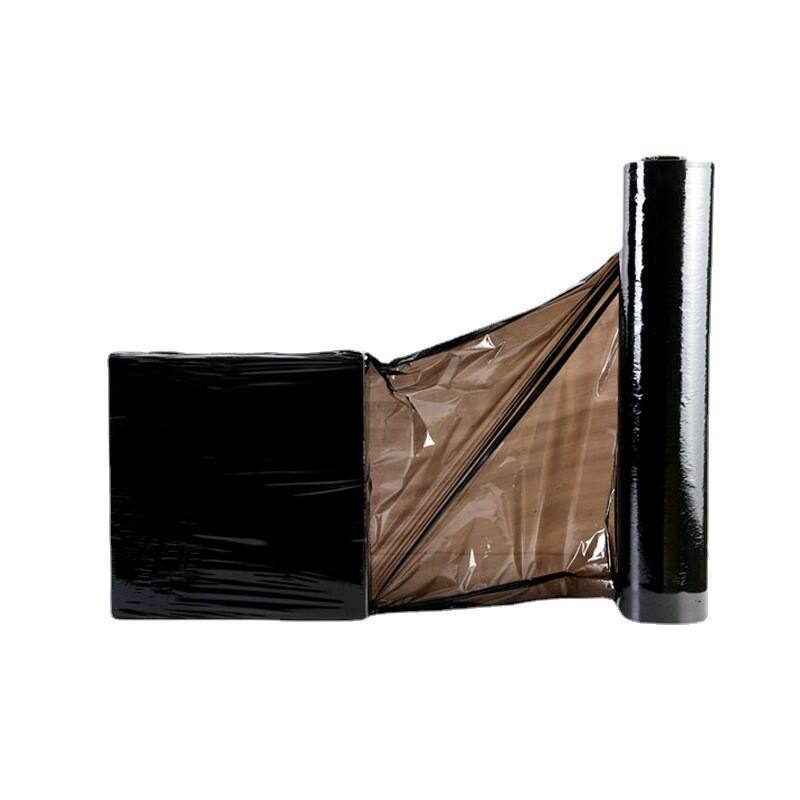Introduction
In the food industry, this is a very complex challenge as it focuses on prolonging the shelf life of food while retaining fresh touch and quality. One of the packaging materials that has successfully tackled this problem is plastic films, which are available in a variety of formats and have provided the solution to many packaging companies. An important factor that determines the freshness and keeping quality of food is the ratio by which a film becomes permeable to outside gases and moisture. In this article, you will learn about the plastic film permeability and how it helps to preserve food quality when in comparison with other packaging materials.
Permeability and Gas Exchange
The important element in the item is controlling the internal atmosphere of the package, which in turn maintains food freshness, thus impermeability is an important factor for flexible packaging PRODUCTS.
A. Permeability to Oxygen
For foods that are sensitive to oxidation, the oxygen transmission rate (OTR) is an essential parameter. Food can be spoiled, become rancid, and change color due to higher OTR. In food packaging Plastic films that have OTR values are very important in protecting oxygen-sensitive products like fresh fruits and vegetables, bakery items flow etc.., which helps to prolong their shelf life by decreasing the oxidation rate.
B. Carbon Dioxide Permeability
The permeability of the plastic films to carbon dioxide is important for respiring products such as fresh-cut fruits and vegetables.
Resistance to Water Vapor permeability
The water vapor can transmit through the plastic films which is important in package environment while handling the moisture content of pack. Low WVTR films are required to protect dry foods like biscuits and cereals from becoming moist which causes them lose their crispness or go stale. However, if drying moist foods like meats or cheeses, then one would need to find a way to reduce high levels of moisture loss since it can result in an unpleasant texture and quality.
Barrier Properties of Plastic Films
Beside gas exchange, plastic films also offer protection from other external parameters able to influence the food quality.
A. Light Barrier
Light, specifically ultraviolet (UV) light, is an agent of photosensitization which induces photo-oxidation and destroys foods. Solutions come in the form of plastic films with a light barrier which prevent sensitive food from being affected by these influences, ensuring that their appearance and nutritional values are well preserved.
B. Aroma and Flavor Barrier
They also act as a barrier and help retain the aroma and flavor of food products by avoiding the loss of volatile compounds. For products like coffee, tea and spices it is essential for the smell to meet production requirements as aroma is fundamental in designing the consumer experience.
New Plastic Films for Preservation
Research is still being done into new plastic films that will allow for even more effective preservation and the pursuit of a better sustainable solution.
A. Active and Intelligent Plastic Films
There are also active plastic films which contain additives used to reduce food spoilage by lengthening the shelf life of foods such as cheese and meats. Such compounds include antioxidants, antimicrobials and other functional agents that act with the food material, or the surrounding environment of materials in a package. BYU researchers have also created intelligent plastic films that can change their properties to preserve food better by sensing environmental changes, such as temperature or humidity.
B. Nanotechnology in Plastic Films
This leads naturally to plastic coatings and films with nano-tailored dispersion for greatly enhanced barrier properties. They can incorporate nanoscale particles that are thought to dramatically increase the ability of the film to impede gas and moisture transmission, as well as allow for active functionalities such as antimicrobial activity.
Conclusion
Plastic films permeability is very important in the immediate freshness and quality preserving for packaged food products. Plastic films help extend the shelf life and provide protection from unwanted gases, moisture, etc. to the food. Plastic Films: Plastic films have higher barrier properties compared to rigid plastics making them suited for preserving the flavor, color, and quality of food products; however, selection must consider the food product application and be compared with other packaging materials. In the future of packaging, new plastic films and more biodegradable options are being developed for better packaging preservation effects and friendliness to environment. All of this should be determined on a need basis to secure your choice for the right food packaging material.


